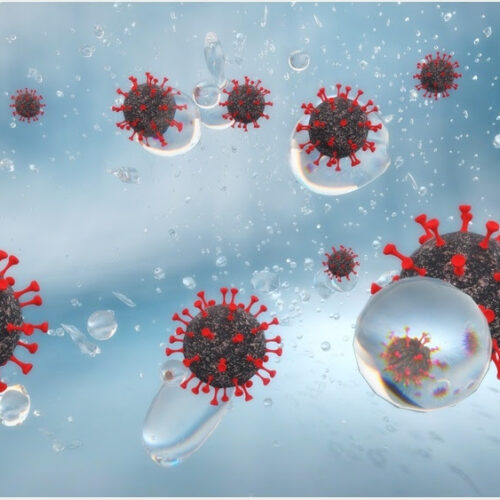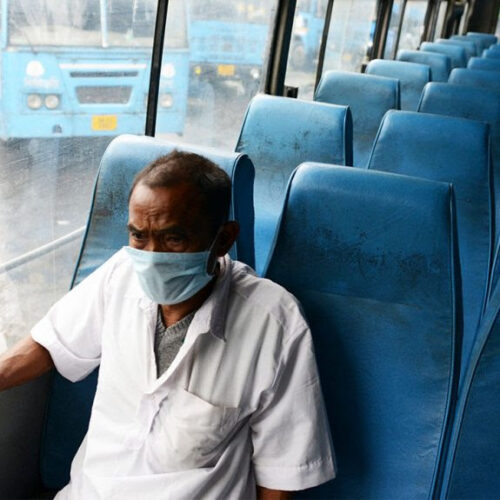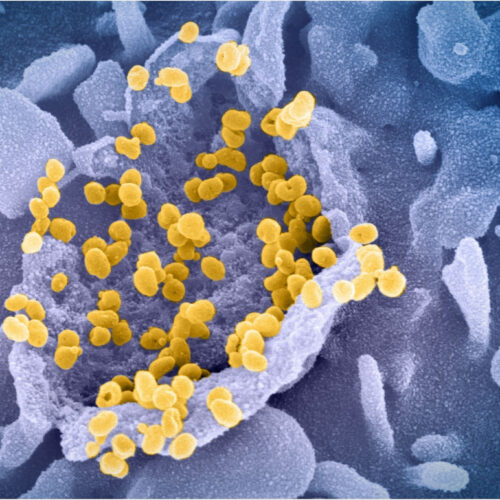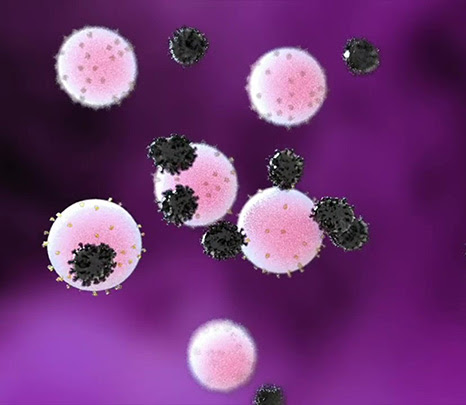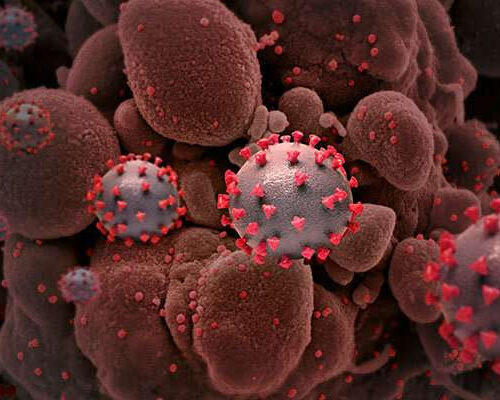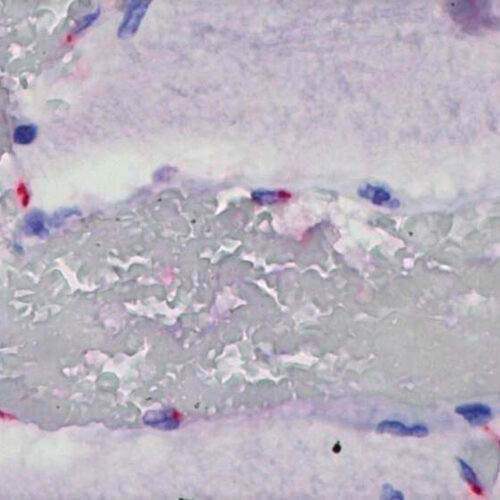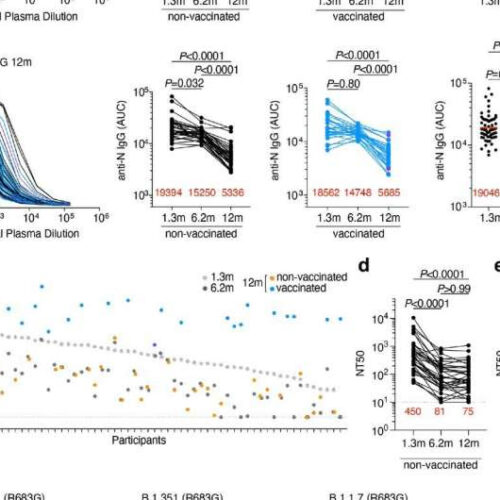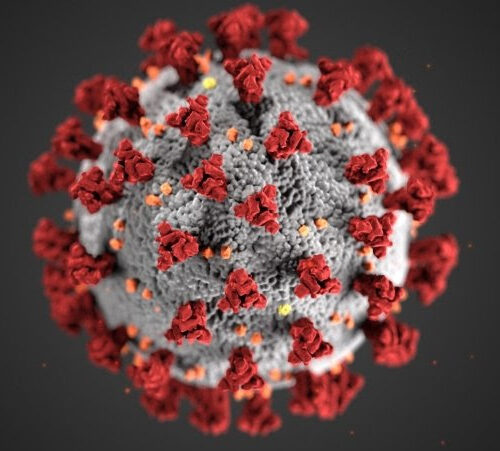By Sally Robertson, B.Sc. Jul 19, 2021 Researchers in Finland have conducted a study showing that the neutralizing antibodies generated following infection with severe acute respiratory syndrome coronavirus 2 (SARS-CoV-2) – the agent that causes coronavirus disease 2019 (COVID-19) – generally persist for at least a year. “Studies of individuals who have recovered from natural...
Tag: <span>SARS-CoV-2</span>
Iodine derivative kills SARS-CoV-2 within 90 sec
By Dr. Ramya Dwivedi, Ph.D. Jul 19 2021 Reviewed by Benedette Cuffari, M.Sc. The severe acute respiratory syndrome coronavirus 2 (SARS-COV-2), which is the causative agent of the coronavirus disease 2019 (COVID-19), is often transmitted to others through respiratory droplets from saliva and nasal fluid. When an individual is infected with COVID-19, these tiny droplets...
Delta plus variant of SARS-CoV-2: How does it compare with the delta variant?
A novel SARS-CoV-2 variant, the delta plus variant, has been identified in over 10 countries. Health authorities are raising concerns that the variant may have an increased ability to transmit, but they also note that this variant’s transmissibility is likely similar to that of the preexisting delta variant. Why has the delta plus variant of...
Lambda lineage of SARS-CoV-2 has potential to become variant of concern
By Sally Robertson, B.Sc. Jun 27, 2021 Researchers have described the first reported infection with the C.37 (Lambda) lineage of severe acute respiratory syndrome coronavirus 2 (SARS-CoV-2) in Southern Brazil. The SARS-CoV-2 virus is the agent responsible for the ongoing coronavirus disease 2019 (COVID-19) pandemic. The Lambda lineage was classified as a variant of interest (VOI)...
Nanodecoys Bind SARS-CoV-2 for Destruction by Immune System
JUNE 21ST, 2021 CONN HASTINGS Researchers at North Carolina State University have developed a nanodecoy system that provides binding sites for the SARS-CoV-2 virus. The vesicles help to prevent the virus from binding to lung cells and lead to its eventual destruction by the immune system. The nanodecoys are derived from lung spheroid cells and contain...
New study finds SARS-CoV-2 can infect testes
by University of Texas Medical Branch at Galveston Creative rendition of SARS-CoV-2 particles (not to scale). Credit: National Institute of Allergy and Infectious Diseases, NIH Researchers at the University of Texas Medical Branch have observed that SARS-CoV-2, the virus that causes COVID-19, can infect the testes of infected hamsters. The findings, published in the journal Microorganisms, could...
LSU Health New Orleans study reports compound blocks SARS-CoV-2 and protects lung cells
LOUISIANA STATE UNIVERSITY HEALTH SCIENCES CENTER New Orleans, LA – Research conducted at LSU Health New Orleans Neuroscience Center of Excellence reports that Elovanoids, bioactive chemical messengers made from omega-3 very-long-chain polyunsaturated fatty acids discovered by the Bazan lab in 2017, may block the virus that causes COVID-19 from entering cells and protect the air cells (alveoli)...
Direct action of SARS-CoV-2 on organs may cause exacerbated immune response in children
by Elton Alisson, FAPESP Electron micrograph of the brain of a child with MIS-C associated with COVID-19 and encephalopathy: immunohistochemical detection of SARS-CoV-2 nucleocapsid antigen in brain endothelial cells, with cytoplasm stained red. Credit: Amaro Nunes Duarte Neto Besides common symptoms such as fever, cough, and respiratory distress, some children have an atypical form of COVID-19...
Vaccines charge up natural immunity against SARS-CoV-2
by Rockefeller University Plasma ELISAs and neutralizing activity. a-b, Plasma IgG antibody binding to SARS-CoV-2 RBD (a) and N protein (b), and plasma neutralizing activity (c–e) 12 months after infection (N=63). a and b, ELISA curves from non-vaccinated (black lines) individuals, as well as individuals who received one or two doses of a COVID-19 mRNA vaccine...
Selenium-based compounds target SARS-CoV-2 with unusual inhibition mechanism of its main protease
Scientists have discovered a new mechanism of inhibiting a critical enzyme of the SARS-CoV-2 virus, demonstrating the on-target engagement of novel selenium based compounds. An international team of researchers led by the University of Liverpool has shown that a Selenium-based drug molecule called ebselen and several derivative compounds can halt SARS-CoV-2 replication by targeting its main protease...


